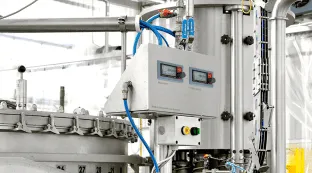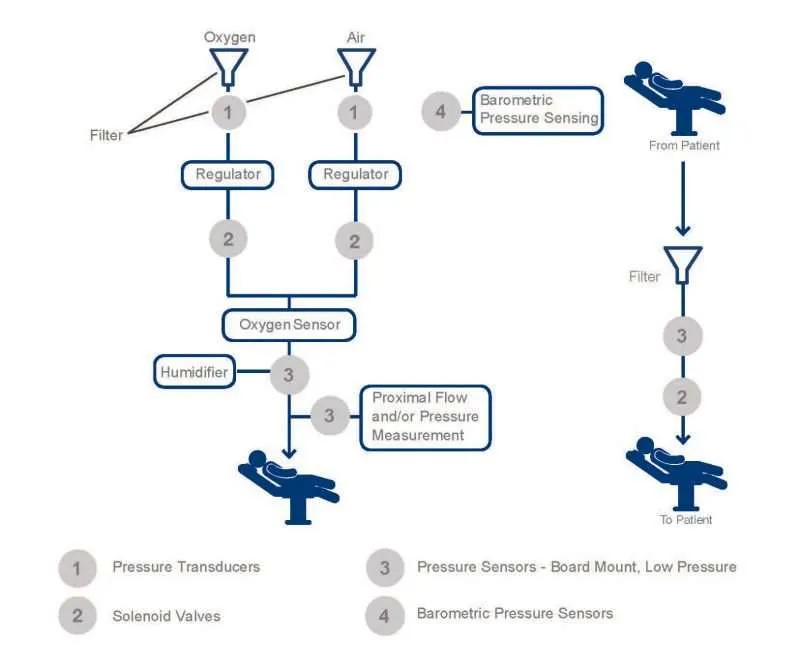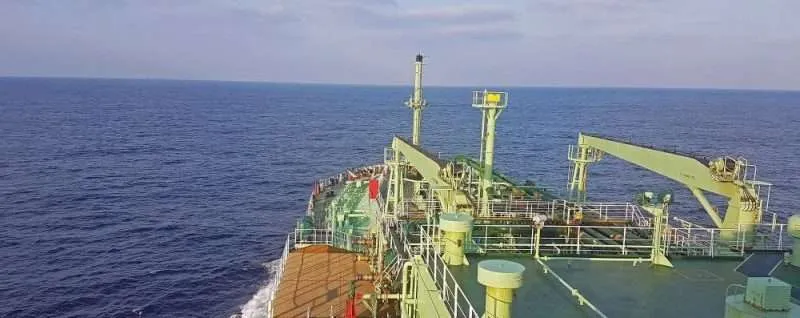Magnetic Flow Meter – Principle and Application
What is Magnetic Flow Meter A magnetic flow meter (mag meter, electromagnetic flowmeter) is a transducer that measures fluid flow by the voltage induced across the liquid by its flow through a magnetic field. A magnetic field is applied to the metering tube, which results in a potential difference proportional to the flow velocity perpendicular to the flux […]



